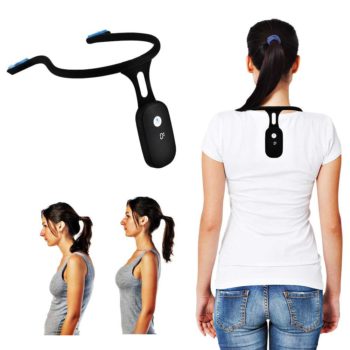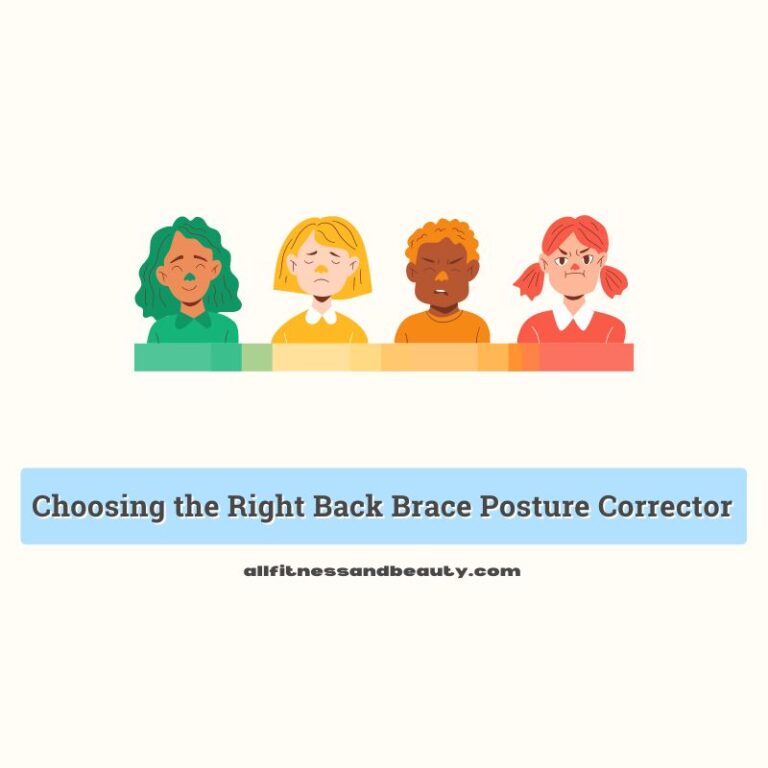How Can Stiff and Tight Muscles Result in Back Pain?

Did you know that 4%of adults have experienced low back pain at some point in their lives? Back pain can affect your daily activities. How can stiff and tight muscles result in back pain?
When your muscles are stiff and tight, they increased tension on the tendons, and ligaments in the back.
This tension can cause inflammation and irritation, leading to pain and discomfort. Additionally, tight muscles can cause imbalances in the body, leading to poor posture and alignment which can also contribute to back pain.
Stiffness and tightness can be caused by a variety of factors including inactivity, injury, and poor posture.
Ways to Treat Stiff and Tight Muscles
There are several ways to alleviate stiff and tight muscles, including:
Stretching
Regular stretching can help to increase flexibility and range of motion, which can help to reduce muscle stiffness and tightness.
Resistance bands can be used to assist in stretching by providing resistance to the muscles being stretched. This can help to increase flexibility and range of motion.
Here are a few ways that resistance bands can help you stretch:
- Active Stretching: During active stretches, the person being stretched actively moves the limb through its range of motion. This can help to improve flexibility and muscle control.
- Dynamic Stretching: Dynamic stretching involves moving your limb through a range of motion in a controlled and continuous manner while stretching. This can help to improve flexibility and warm up the muscles before exercise.
- Passive Stretching: Resistance bands can be used to provide resistance during passive stretching, where the person being stretched is positioned in a stretch and then holds the stretch for a while. This can help to increase flexibility and range of motion.
- Isometric Stretching: In this type, you activate the muscle being stretched by contracting it against the resistance provided by the band. This can help to increase muscle strength and endurance.
It is important to note that when stretching with resistance bands, use proper form and technique to avoid injury. Listen to your body and do not push yourself too hard.
You may also try essential oils for your back pain.
Massage

Massaging the affected muscle can help to increase blood flow and release tension, which can help to alleviate stiffness and tightness.
Exercise
Regular exercise, particularly strength training and cardio, can help to improve muscle function and reduce tension and stiffness.
Heat therapy
Applying heat to the affected muscle can help to increase blood flow and reduce muscle tension, which can help to alleviate stiffness and tightness.
Hydration
Adequate hydration can help to keep muscles supple and prevent stiffness, so drinking enough water is important.
Good posture
Maintaining good posture throughout the day can help to distribute the weight of the body evenly and reduce tension in muscles.
Read: Does good posture boost your self-confidence?
Rest
Adequate rest is important for muscle recovery and can prevent muscle stiffness and tightness caused by fatigue.
It’s important to note that you may need to try different methods to find what works best for you, and if the pain persists, it’s better to consult a doctor or physical therapist for guidance.
Since maintaining a good posture is vital to prevent stiff and tight muscles, perform exercises in the morning that can help this situation.
Several exercises can help to maintain good posture, including:
- Shoulder blades squeeze: Stand with your feet hip-width apart and your arms by your sides. Squeeze your shoulder blades together and hold for a few seconds. Release and repeat several times.
- Chest stretch: Stand in a doorway with your arms out to the side, and place your forearms against the door frame. Step forward, and gently push your chest forward to stretch your chest muscles.
- Upper back stretch: Sit up straight and clasp your hands behind your head. Elongate your spine and lift your chest, then gently push your head back into your hands to stretch your upper back.
- Chin tuck: Sit or stand with your shoulders relaxed. Tuck your chin in towards your chest, and hold for a few seconds. Release and repeat several times.
- Plank: Start in a push-up position with your hands shoulder-width apart. Keep your body straight and hold for several seconds, and engage your core and glutes.
- Bird-dog: Start on all fours, then extend your right arm and left leg out straight. Hold for a few seconds, then release and repeat with the opposite arm and leg.
- Cat-cow stretch: Start on all fours, then arch your back and lift your head towards the ceiling. Hold for a few seconds, then release and repeat, this time rounding your spine and bringing your head towards your knees.
It’s important to note that these exercises should be done with proper form to avoid any injury and it’s best to consult a physical therapist or trainer to help you with the form and progression of the exercises.
Practice Good Posture
How can stiff and tight muscles result in back pain? They increased tension in those affected areas causing inflammation and irritation. One of the ways to avoid it is to maintain proper posture. If you have a problem maintaining good posture, we have a solution for you. Please head over to our online shop and find the best posture corrector for your body. Or read here to know if good posture can lead to back pain.






Leave a comment